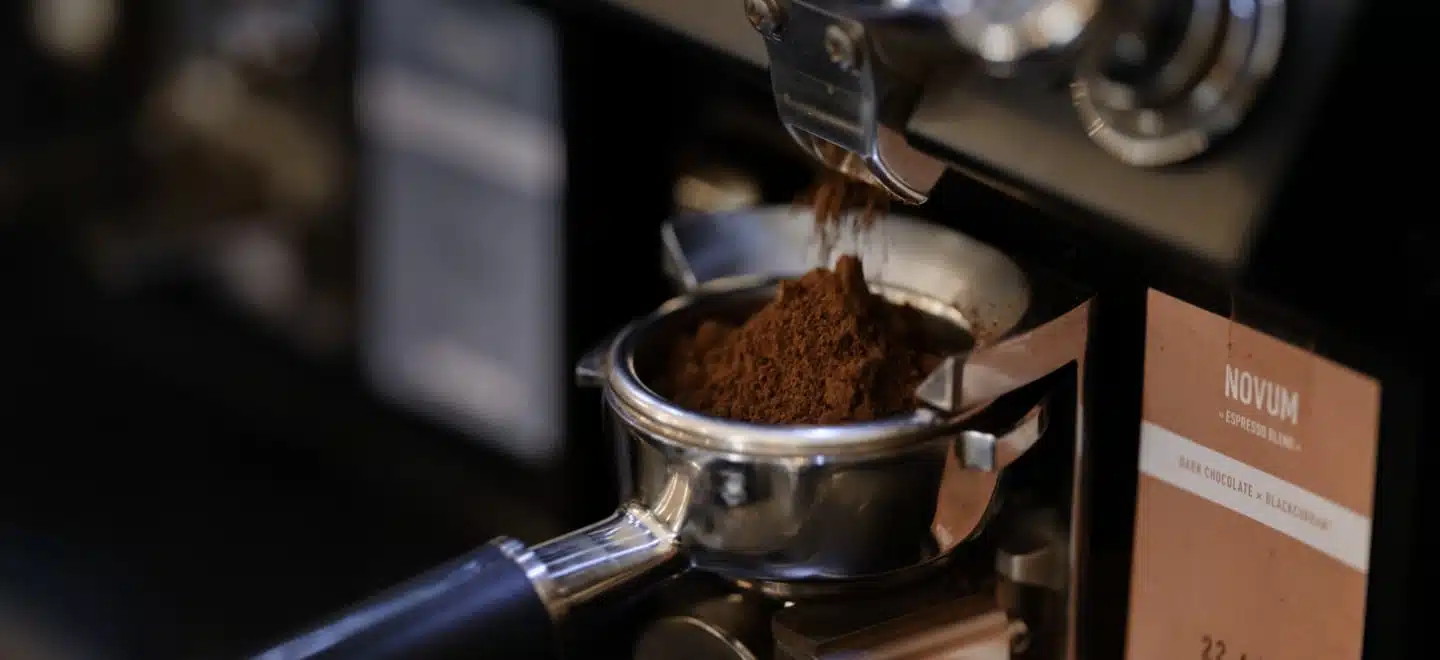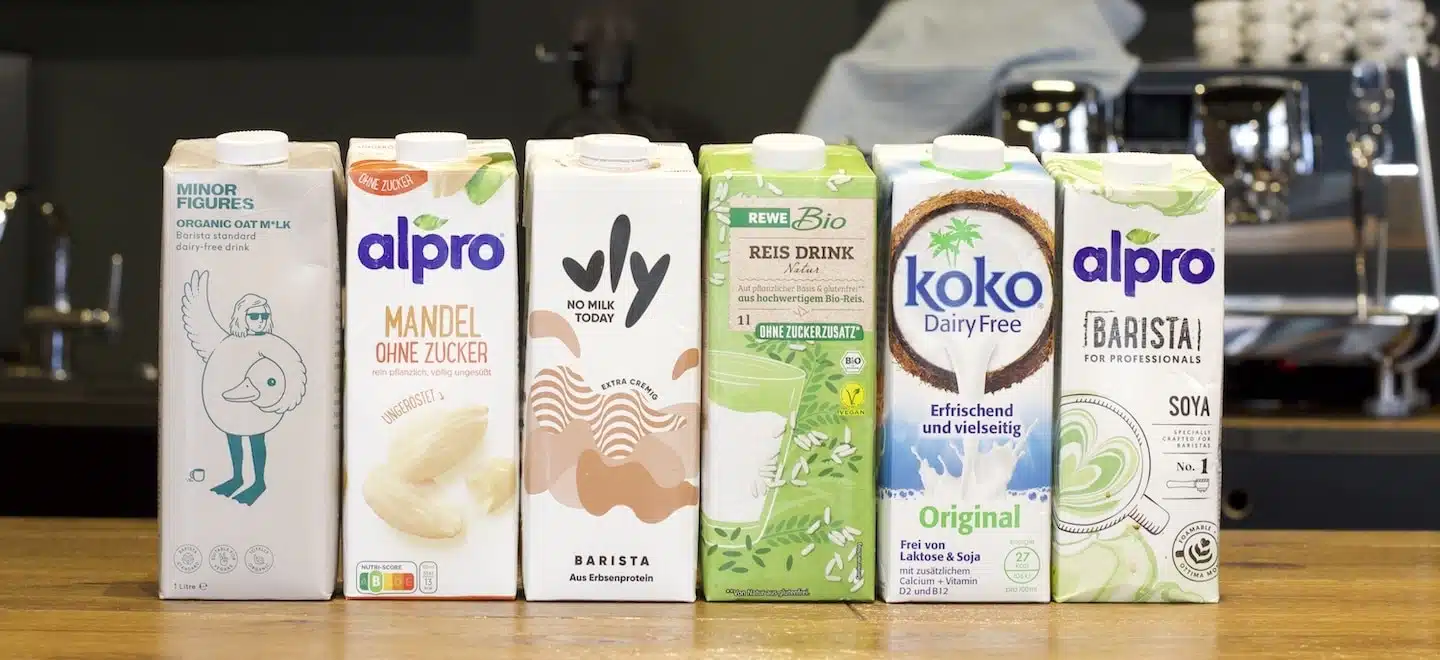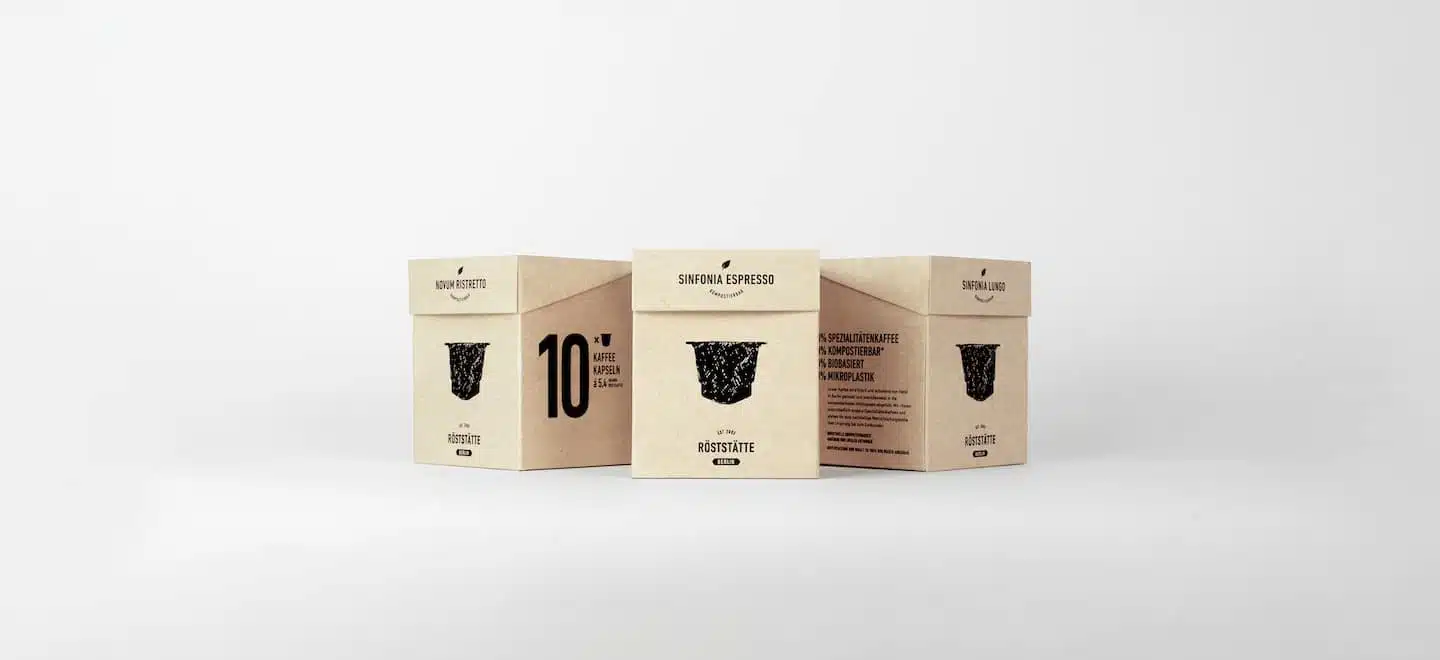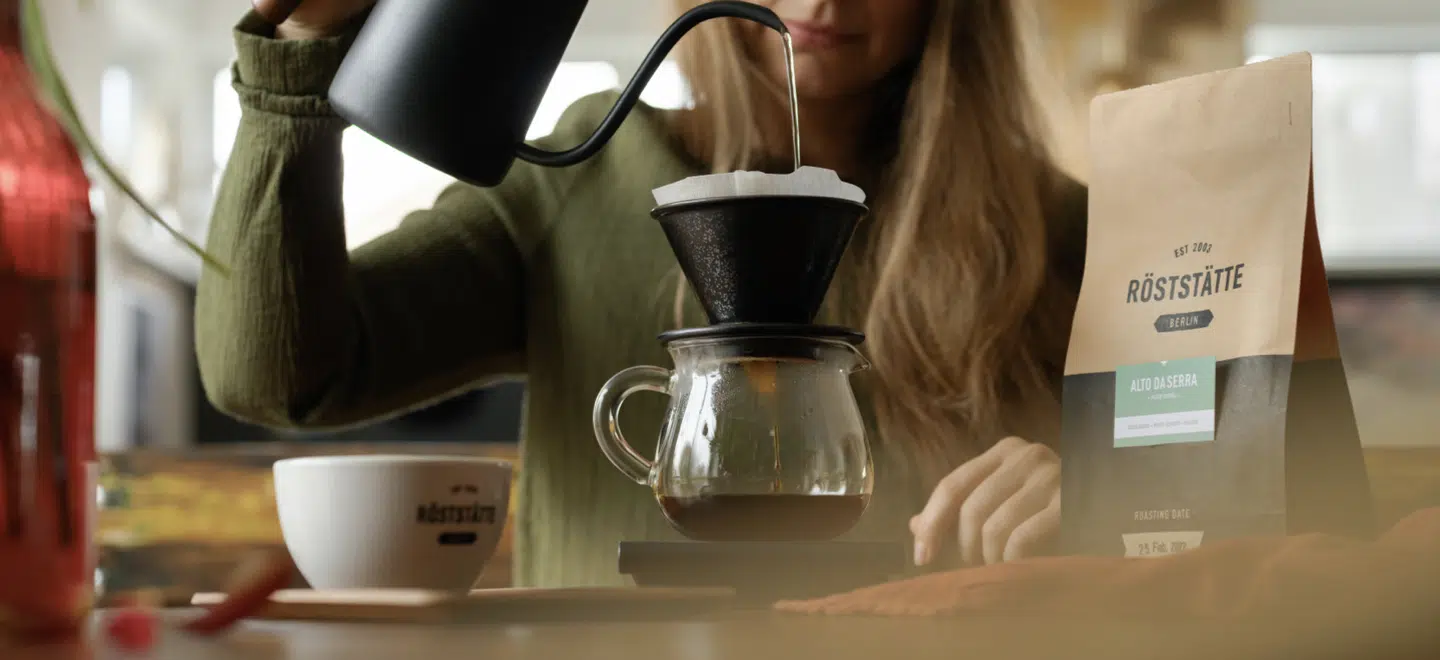Coffee and its history – from luxury good to the Third Wave
An Ethiopian goatherd, Yemeni monks and the ban on coffee in the Ottoman Empire: the history of coffee is a journey around the world. For a long time, coffee was a luxury good. But when did that change? An overview.
Nowadays, it's hard to imagine everyday life without coffee. Whether as a pick-me-up before work, with friends in a café or as a caffeine injection in the office – the drink is always with us. The caffeine drink is currently celebrated in every form, whether as an espresso from a portafilter or as freshly brewed filter coffee with the V60. But how long have people been drinking coffee? And where did the beverage actually come from? We provide an overview of the history of coffee.
An Ethiopian legend
The story of coffee begins in the Ethiopian kingdom of Kaffa – with a herd of goats. More precisely, with a very hyperactive herd of goats. So hyperactive that, according to legend, they ran away from the sleeping shepherd Kaldi in the ninth century.
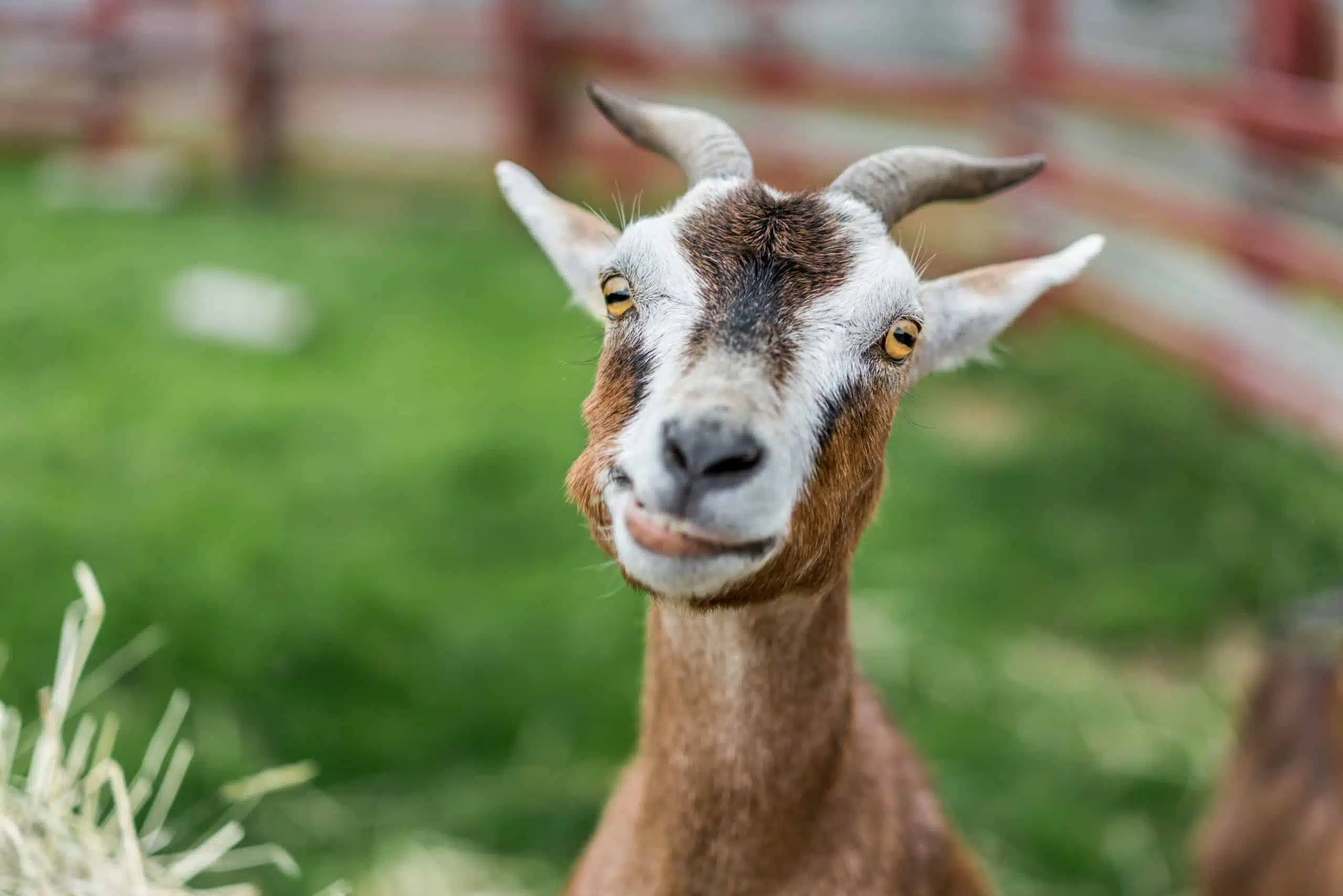
Even when Kaldi blew his bamboo flute as usual after waking up, there was no reaction. Kaldi searched and searched. Finally Kaldi found his goats. But the usually sleepy animals behaved strangely. They jumped around wildly and bleated boisterously, making Kaldi the shepherd wonder. "What have they been tasting?" thought Kaldi.
The next day he discovered red berries growing on branches. He chewed on them himself – and cheerfully began to dance. Kaldi the goatherd then filled his pockets with the red berries and brought them home. His wife then sent him to a local monastery to find out more. But the Islamic monk thought the berries were the work of evil demons and unceremoniously threw them into the fire, from which a tantalizing aroma emanated. The roasted beans were quickly fished out of the embers, crushed and dissolved in hot water – the world's first cup of coffee was born.
The next day he discovered red berries growing on branches. He chewed on them himself – and cheerfully began to dance. Kaldi the goatherd then filled his pockets with the red berries and brought them home. His wife then sent him to a local monastery to find out more. But the Islamic monk thought the berries were the work of evil demons and unceremoniously threw them into the fire, from which a tantalizing aroma emanated. The roasted beans were quickly fished out of the embers, crushed and dissolved in hot water – the world's first cup of coffee was born.
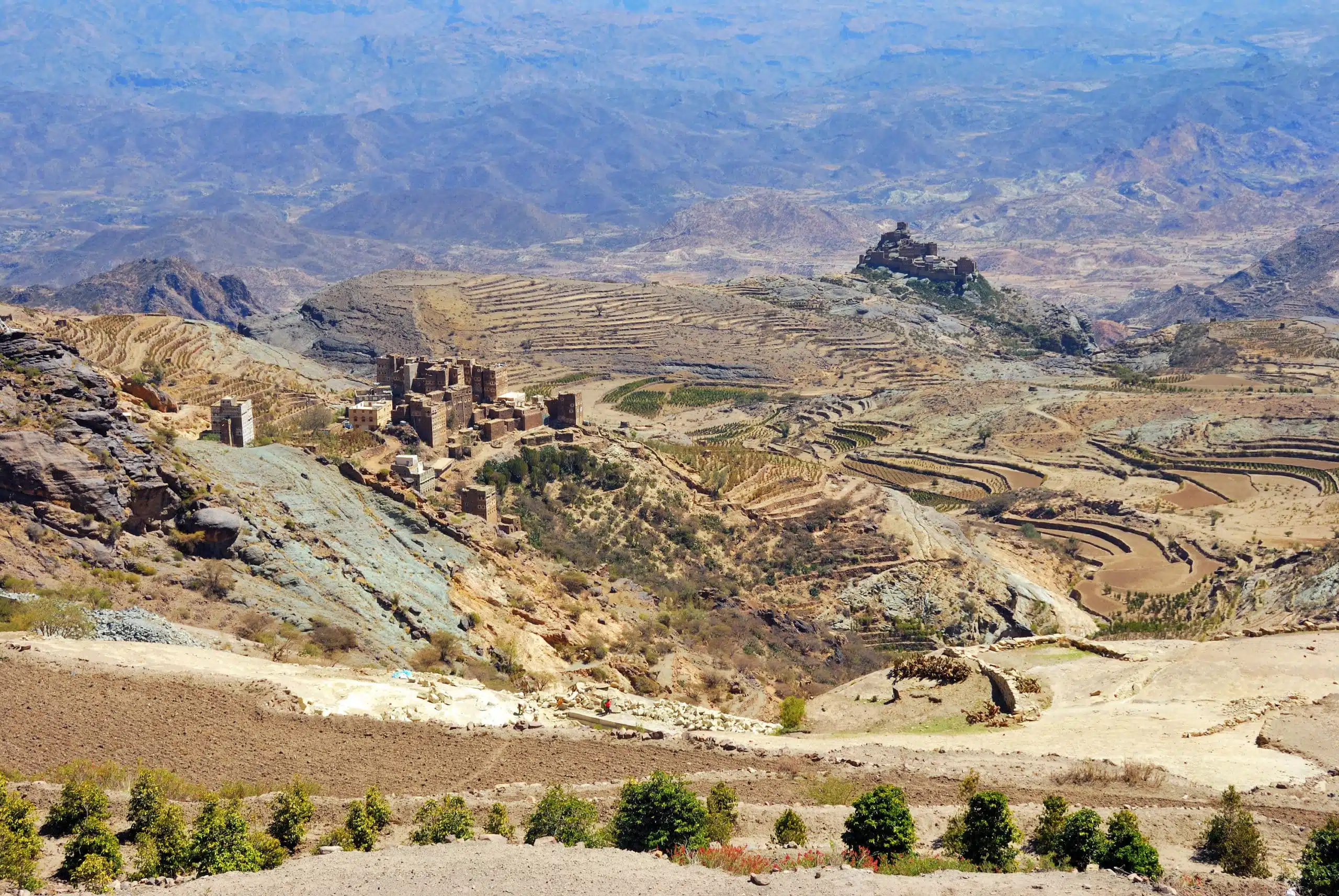
Via Yemen to the whole world
Whether the legend of Kaldi is true or not, it is undisputed that the coffee plant originated in Ethiopia. Thus, from the 11th century, coffee spread to Yemen – presumably via slave traders. In a short time, the red beans became very popular among Yemeni monks to cope with the long hours of prayer more awake.
"Qahweh" was the name given to it there – an early term for coffee, it means life force or strength. It was Yemeni Sufi monks who began roasting, grinding and brewing coffee beans in the 15th century. This allowed them to stay awake and meditate for nights on end. This probably earned it the nickname "Arabica".
"Qahweh" was the name given to it there – an early term for coffee, it means life force or strength. It was Yemeni Sufi monks who began roasting, grinding and brewing coffee beans in the 15th century. This allowed them to stay awake and meditate for nights on end. This probably earned it the nickname "Arabica".
The Yemeni monks shared their experiences with pilgrims, who took the coffee with them on their journeys around the world. From then on, the black gold was shipped en masse from the Yemeni port city of Al Mocha to all corners of the world, hence the nickname "mocha". First to Medina and Mecca, then to Damascus, Cairo and finally to Constantinople (1554).
This was a crucial point, because as the Ottoman Empire expanded, so did the coffee business around the world. Diplomats and heads of state from all over the world sampled coffee in the Ottoman Empire – and took the souvenir back home with them.
This was a crucial point, because as the Ottoman Empire expanded, so did the coffee business around the world. Diplomats and heads of state from all over the world sampled coffee in the Ottoman Empire – and took the souvenir back home with them.

Ottoman Empire: Coffee drinkers threatened with execution
In the Ottoman Empire, coffee was even forbidden at times; it was considered "haram". This was because the consumption of coffee was often accompanied by political discussions – a danger for the ruling class. Coffee gossip was about revolutions, wars or the corruption of a pasha. At that time, many people could not read or write, so the oral exchange in the coffee house was very valuable.
This went too far for Sultan Murad IV. (1612-1640) – he had coffee houses banned as a result – and even burned many down. Anyone who drank coffee was threatened with execution. But the coffee houses were very popular and were built again and again.

The first German coffee house
Around 1650, coffee finally arrived in Europe. The first coffee houses opened in Venice (1647), London (1652), Vienna (1685) and finally in Paris – but they were only frequented by the rich and by artists. The first German coffeehouse opened in 1673 at Bremen's Marktplatz. Hamburg followed shortly thereafter (1677). The trend did arrive in Berlin only in 1721.
How coffee came to South America
However, the trade monopoly remained in the hands of the Arabs for a long time, who carefully guarded their black gold. For this reason, coffee beans were a coveted and expensive commodity for a long time – one that only the nobility could afford. Eventually, the Europeans did manage to steal some seedlings. Coffee was finally brought by sea to the colonies in Latin America and the Caribbean, where conditions were ideal for growing coffee plants.
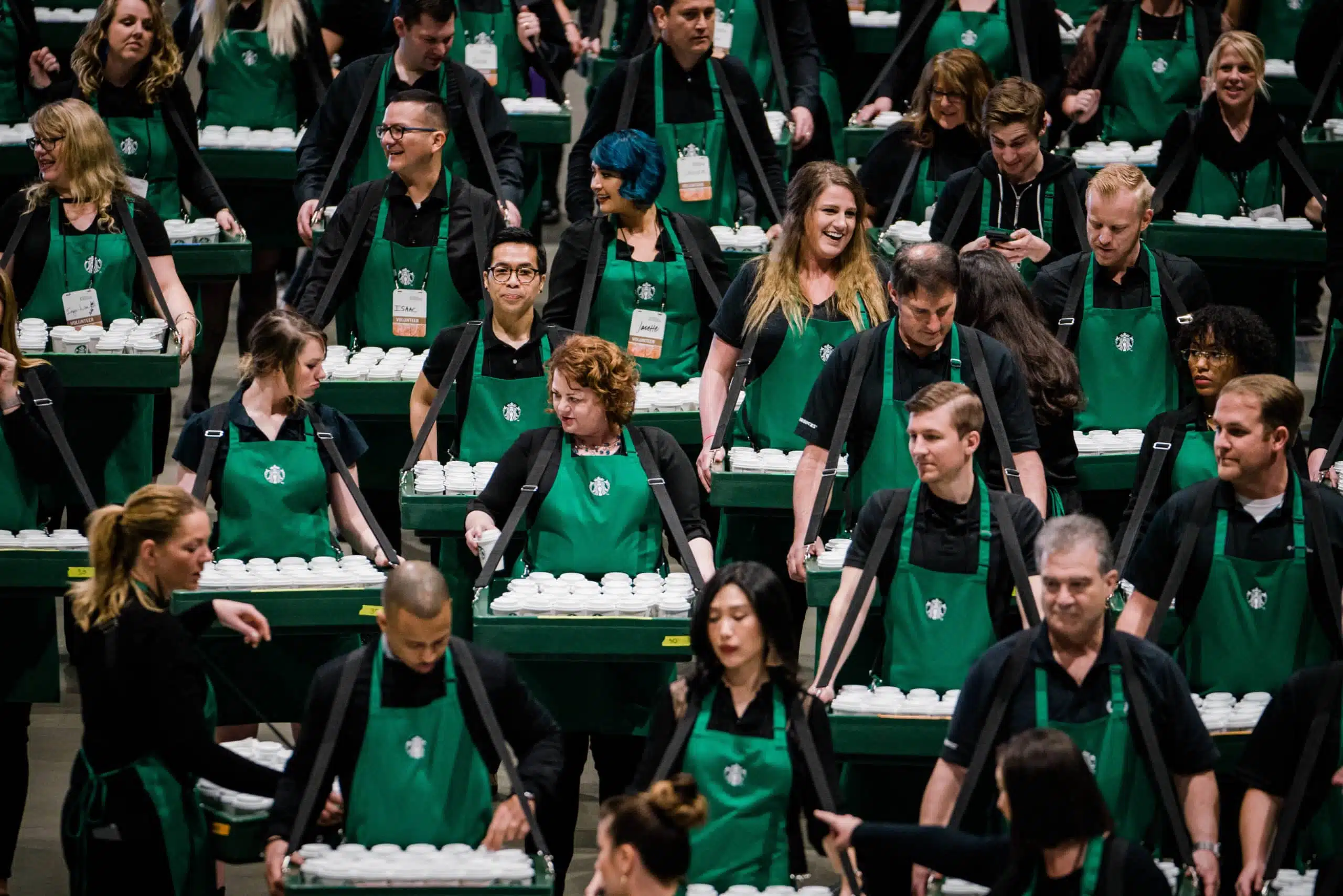
The three coffee waves
Until the 19th century, the enjoyment of coffee was initially reserved for a wealthy elite, kings, princes and the court nobility – the average citizen had no access to the luxury good. This changed with the Industrial Revolution, when factory owners realized that coffee had a production-enhancing effect. Finally came the first coffee wave: starting in the 1950s, coffee became a mass product, familiar from television commercials and already ready ground and vacuum-packed on supermarket shelves.
The quality did not play a major role, what was important was the effect. More quality for everyone came with the second coffee wave. Starbucks paid attention to the quality of its coffee beans – so the competition was forced to follow suit. However, the taste of coffee at Starbucks was often masked with lots of syrup, sugar or milk. "Is there even a cup of black coffee here anymore?" people began to jokingly ask.

The Third Wave coffee movement emerged in America in the mid-1990s. Where does the coffee come from? Is it grown fairly and sustainably? How was it roasted? That's what third-wave coffee consumers are asking. The focus is on the entire value chain of the coffee bean, and coffee has evolved from a luxury good into a lifestyle product. Arabica coffee is consumed, roasted as lightly as possible and as single origin. In recent years, the number of roasteries in Berlin and throughout Germany has exploded, and we at Röststätte have also specialized in the Third Wave. You can read more about the third coffee wave here.
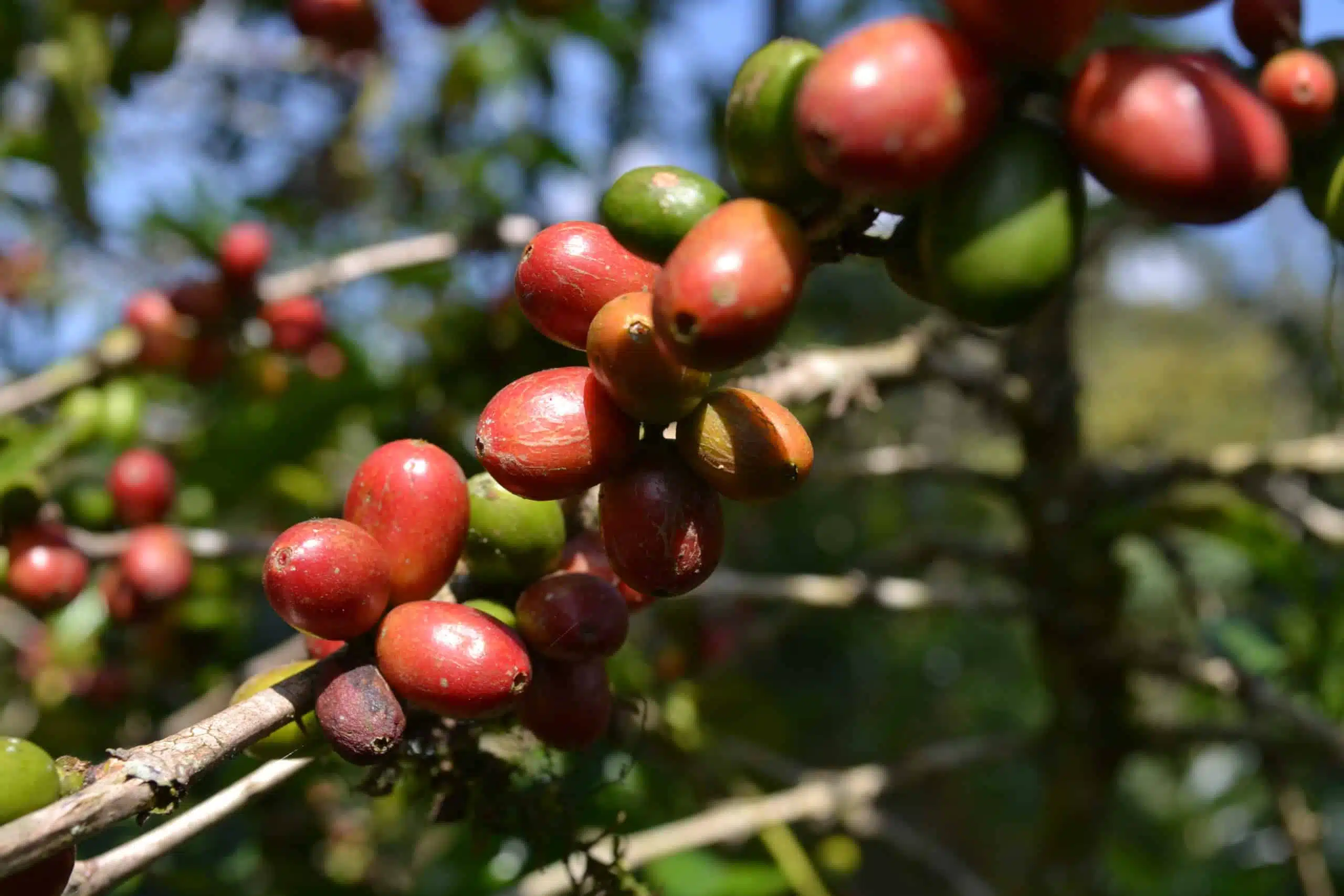
The triumph of Robusta coffee
Incidentally, the Robusta plant was not discovered until 1898 in the Congo. In Europe, however, the better Arabica coffee was consumed until the 1970s. So when did the Robusta bean come to us?
The Robusta bean's triumphant advance began with the oil crisis in the 1970s. The price of green coffee skyrocketed, because coffee is a stock market-driven product. Then the industry started to increase the Robusta content in coffee to be able to maintain the price and to be able to sell coffee at all. The Robusta plant ended up being easier to grow, grew faster, and contained more caffeine. It was easy to grow in the Vietnamese lowlands. And machines could harvest it more easily. Then, step by step, people got used to the taste.
The Robusta bean's triumphant advance began with the oil crisis in the 1970s. The price of green coffee skyrocketed, because coffee is a stock market-driven product. Then the industry started to increase the Robusta content in coffee to be able to maintain the price and to be able to sell coffee at all. The Robusta plant ended up being easier to grow, grew faster, and contained more caffeine. It was easy to grow in the Vietnamese lowlands. And machines could harvest it more easily. Then, step by step, people got used to the taste.
But with the mass consumption of Robusta coffee over the years, people suddenly developed stomach aches and high blood pressure. This was attributed to filter coffee as the method of preparation. However, this was not due to the filter, but to the high robusta content, because it contains more caffeine and chlorogenic acid. The way to the third coffee wave and back to the Arabica plant seemed paved.
Zurück zur Übersicht


Wir schenken Dir 5€
auf Deine nächste
Kaffee Bestellung
Gutscheincode anwendbar auf alle Kaffeprodukte. Mit der Anmeldung erklärst Du dich damit einverstanden, E-mail Marketing zu erhalten. Datenschutz
Check Dein Postfach !
Wir haben Dir soeben eine Mail mit einem
Bestätigungslink an Deine angegebene
E-Mail-Adresse geschickt.


